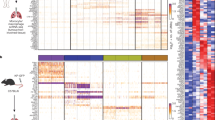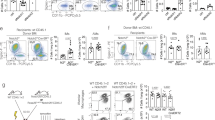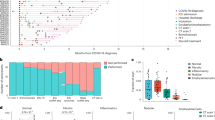Abstract
Human bronchoalveolar macrophages were separated from other free lung cells by density sedimentation on Percoll gradients. They were then tested for cytotoxicity against the human lung adenocarcinoma cell line A549, using a Selenomethionine-75 post-labelling assay. The cytotoxicity of the macrophages increased as the effector:target cell ratio was increased, approaching 100% at 20:1. There was no significant difference in the cytotoxicity of macrophages isolated from the lungs of bronchial-carcinoma or non-carcinoma patients. The highly cytotoxic nature of the macrophages was not due to selection of a more potent cytotoxic subpopulation of macrophages on the Percoll gradient, nor to a generally elevated activation of the macrophages due to the pathological conditions in the patients' lungs. An attempt to determine whether low concentrations of macrophages could potentiate target-cell growth proved negative. Cytotoxicity of macrophages for cultured lung target cells was not restricted to A549 cells and is not in accordance with the view that defective bronchoalveolar macrophage cytotoxicity contributes to the emergence of bronchial neoplasia.
This is a preview of subscription content, access via your institution
Access options
Subscribe to this journal
Receive 24 print issues and online access
$259.00 per year
only $10.79 per issue
Buy this article
- Purchase on SpringerLink
- Instant access to full article PDF
Prices may be subject to local taxes which are calculated during checkout
Similar content being viewed by others
Rights and permissions
About this article
Cite this article
Swinburne, S., Moore, M. & Cole, P. Human bronchoalveolar macrophage cytotoxicity for cultured human lung-tumour cells. Br J Cancer 46, 625–634 (1982). https://doi.org/10.1038/bjc.1982.247
Issue date:
DOI: https://doi.org/10.1038/bjc.1982.247
This article is cited by
-
Augmentation of impaired tumoricidal function in alveolar macrophages from lung cancer patients by cocultivation with allogeneic, but not autologous lymphocytes
Cancer Immunology, Immunotherapy (1997)
-
Modulation of tumoricidal function in alveolar macrophages from lung cancer patients by interleukin-6
Cancer Immunology, Immunotherapy (1997)



